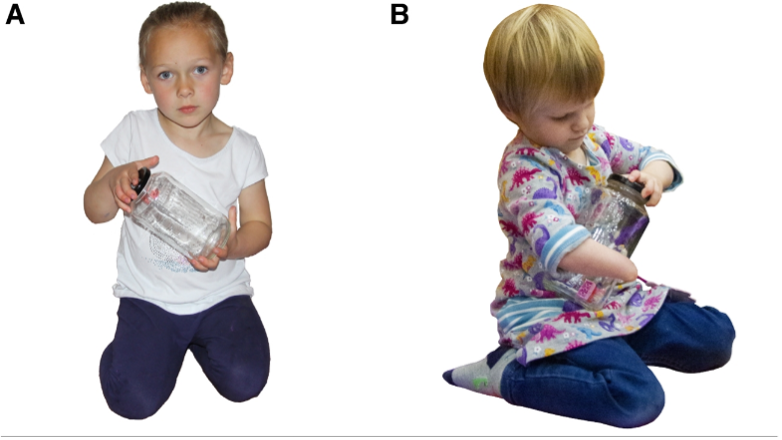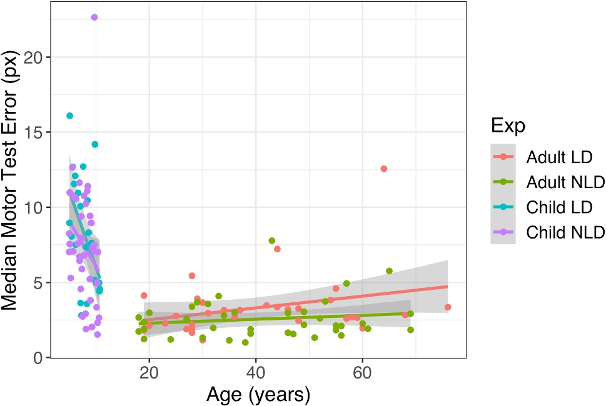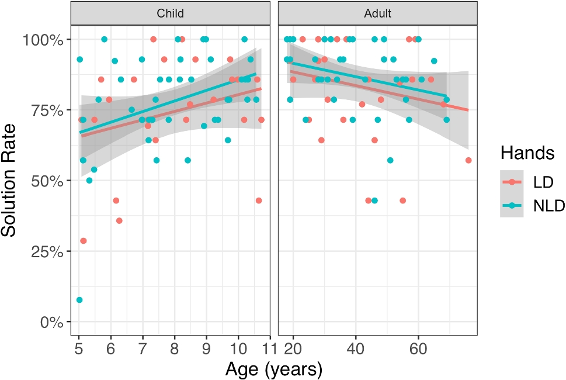I had the pleasure of attending the annual meeting for the Psychonomic Society this year in the beautiful city of San Francisco where the early days of gay rights played out due to the actions and commitment of the courageous Harvey Milk, activist and politician for gay rights. With this context in mind, I experienced two impactful events during the meeting – the opening keynote speaker, Dr. Jennifer Eberhardt of Stanford University and a symposium on the importance of diversity in disability.
Both sessions highlighted the importance of diverse perspectives and the critical need for individual awareness of individual biases stemming from stereotyped perceptions. While stereotypes are not always bad, as Dr. Eberhardt reminded us in her keynote address, these cognitive categorization frames can lead people to become susceptible to biased beliefs and ultimately behavior. This theme was picked up by every speaker in the symposium on diversity in disability as they highlighted the obstacles encountered through their lives on a personal level and the impact their disabilities had on their research – most importantly the types of questions that were investigated and the need for more diverse samples. My take-home message, paraphrased from Dr. Morton Ann Gernsbacher: Science needs to be doing research with individuals from diverse backgrounds and not on them.
With that thought in mind, the paper highlighted in this post by Kelsey Allen, and published in Psychonomic Bulletin & Review meets these calls for action – conduct research with diverse individuals on topics that are critical for understanding factors that influence cognitive processes. Their study focused on children and adults – always a fun comparative approach – to elucidate the role of ontogeny in cognition. More importantly though, their study included children and adults born with limb differences and age-matched individuals born with two hands. This focus on physical differences and their potential influence on cognitive processes answers the call-to-action expressed during the diversity in disability symposium during the 2023 annual meeting.
The premise of the current study by Allen and colleagues relies on embodied cognition or the idea that one’s physical characteristics shape the way the individual perceives or cognitively processes the world. For people with one functional hand, interacting with the world produces different experiences than people with two functional hands. For example, the image below shows two children opening a jar using their individual capabilities.

These physical differences may affect performance on tasks but may also influence cognitive processes, such as planning how to act upon the physical world, a cognitive strategy so to speak. As demonstrated by the images of the two children, these experiences accumulate little by little over the years and may fundamentally alter one’s perception and the allocation of their cognitive resources as they act upon the world.
To evaluate this hypothesis, Allen and colleagues developed a computer-based game called the Virtual Tools Game that requires players to select a tool to move a red ball to a green goal as shown in the image below. The game has 14 different levels with different types of tools that require knowledge of the physical properties of the various tool actions. Some physical actions utilized in the game included balancing, launching, supporting, or tipping. Presumably, learning how these different actions work may be life experience dependent and may lead to differences in cognitive strategies used while problem solving.

To examine this question, Allen and colleagues coordinated with multiple groups in the UK to recruit children and adults with limb differences as well as children and adults without limb differences that could be age-matched to the primary sample of interest. To me, this is a great example of working with a population rather than conducting research on a population. Their efforts resulted in 25 children and 35 adult participants with limb differences and 45 children and 40 adult participants without limb differences.
All participants had the opportunity to practice this game before they were tested. Following a simple motor skills test to ensure that there was no difference between the groups of participants in their ability to maneuver the cursor to a designated spot (i.e., motor accuracy task), participants had three levels to practice with the tools and the game goals. As was desired and shown in the image below, no differences emerged between the age-matched groups, despite adults (red & green lines) showing greater accuracy and faster reaction times than children (blue and purple lines).

When performance on the game itself was evaluated, age differences emerged in both reaction time and accuracy, but limb status did not produce any differences. Children were slower than adults in reaction time; however, adults were less accurate with increasing age while children improved with age. The results of the accuracy rates are presented in the figure below. The increasing trend for older children can be seen in the left panel while the decreasing trend for older adults can be seen in the right panel. One of the coolest findings to me was participants with or without limbs showed similar performances in solution rate.

So, while the researchers established that their game equalized performance measures between those with and without limb differences, the real question is does living in a world with a different physical makeup alter one’s perception and cognitive strategies utilized to interact with and experience the world. This is the point where the study became very interesting.
The researchers found some key differences between those with limb differences and those without limb differences. As shown in the figure below in panel A, child and adult participants with limb differences (orange-red bars) required fewer attempts to solve a given problem. Additionally, those participants (orange-red bars in panel C) took more time on their first attempt at each problem and between attempts (orange-red bars in panel D). (Participants had as many attempts per problem as desired before moving on to the next level.)

The researchers interpreted the overall results of this study as evidence that the embodied experiences of individuals experiencing the world with one or with both hands did not fundamentally affect their knowledge of physics. However, experience did matter.
More specifically, children, regardless of limb condition, solved problems more frequently and presumably faster with increasing age (though not statistically significant), whereas adults, regardless of limb condition, solved problems less frequently and slower with age. These developmental changes suggest that experience with the world influences performance on a physics-based problem-solving task while age affects response times.
While differences in embodied experiences of physical manipulation did not directly affect performance measures, they did appear to influence higher levels of cognitive processing, specifically the time to make a decision about a possible solution or “when to deploy a motor plan.” Both children and adults with limb differences took longer before making their first attempt and between attempts than children and adults without limb differences, suggesting the embodied experiences of interacting with the world with one hand requires some additional planning and thinking time as compared to those with two hands.
As the authors concluded:
“Our results indicate that people with a limb difference use a different strategy when solving these virtual problems about the physical world – they are just as good at solving them as two handed individuals, but they seem to spend a little more time considering the problem, allowing them to find the solution with fewer tries. This makes a lot of intuitive sense to us.”
Another interesting conclusion by the authors is the idea that these results bridge two alternate interpretations of human tool use, which suggest two distinct cognitive systems are in play. One idea is that human tool use requires specific sensorimotor knowledge of a tool or how should a long stick be oriented to knock down a banana. This approach is “manipulation-based” and involves “embodied cognition,” which may derive from a bottom-up processing. An alternate idea is that tool use requires generic physical knowledge and involves “reasoning”, and involves top-down processing.
Allen and colleagues argue that their study requires both systems. That is, the Virtual Tools game requires the reasoning system to make sense of the virtual nature and novel objects experienced within the game but is also dependent upon the manipulation capabilities and experiences of the participants. Their findings fall in line with developmental changes observed tool use with children as young as 2-3 years using and selecting familiar tools but unable to innovate new tools until 8-9 years, which requires increased cognitive processing such as attentional control, planning, and creativity; all of which involves both physiological and experiential development.
The authors shared that after “working with these kids for the past 5 years, we are constantly amazed and delighted by how clever and creative they are in finding new ways to solve daily problems (like opening a big jar) with just one hand. The study was our first attempt at understanding how a lifetime of creative problem solving will change the way they approach these physical problems”
In keeping with the theme of diversity, from this comparative psychologist’s perspective, I would love to adapt this type of game to non-human animals. If we could find a viable platform that would equalize animals who differ in their presence or absence of limbs (e.g., chimpanzees vs elephants vs dolphins vs birds), we might learn about the cognitive systems underlying animal tool use as shown in the images below.

Ultimately, scientists need to plan to diversity our samples and questions as diversity leads to unique perspectives and unique perspectives leads to greater awareness and hopefully, general principles.
Article focused on in this post
Allen, K. R., Smith, K. A., Bird, L. A., Tenenbaum, J. B., Makin, T. R., & Cowie, D. (2023). Lifelong learning of cognitive styles for physical problem-solving: The effect of embodied experience. Psychonomic Bulletin & Review, https://doi.org/10.3758/s13423-023-02400-4.
